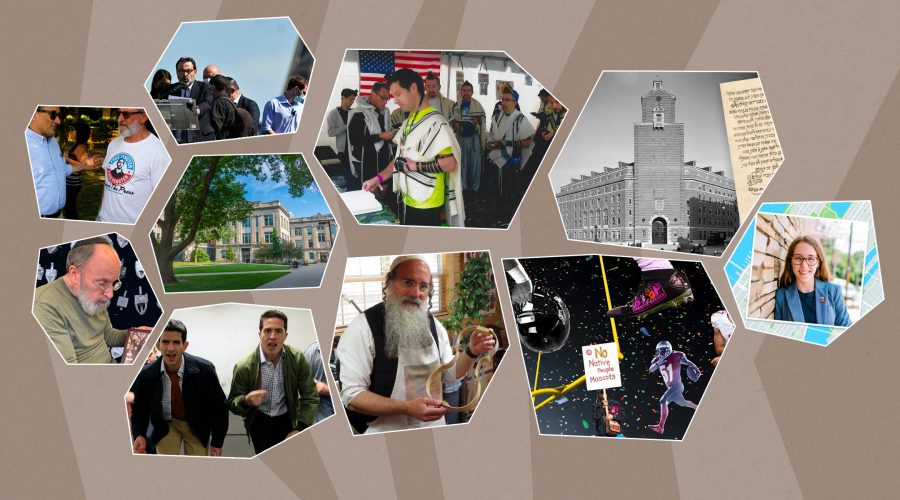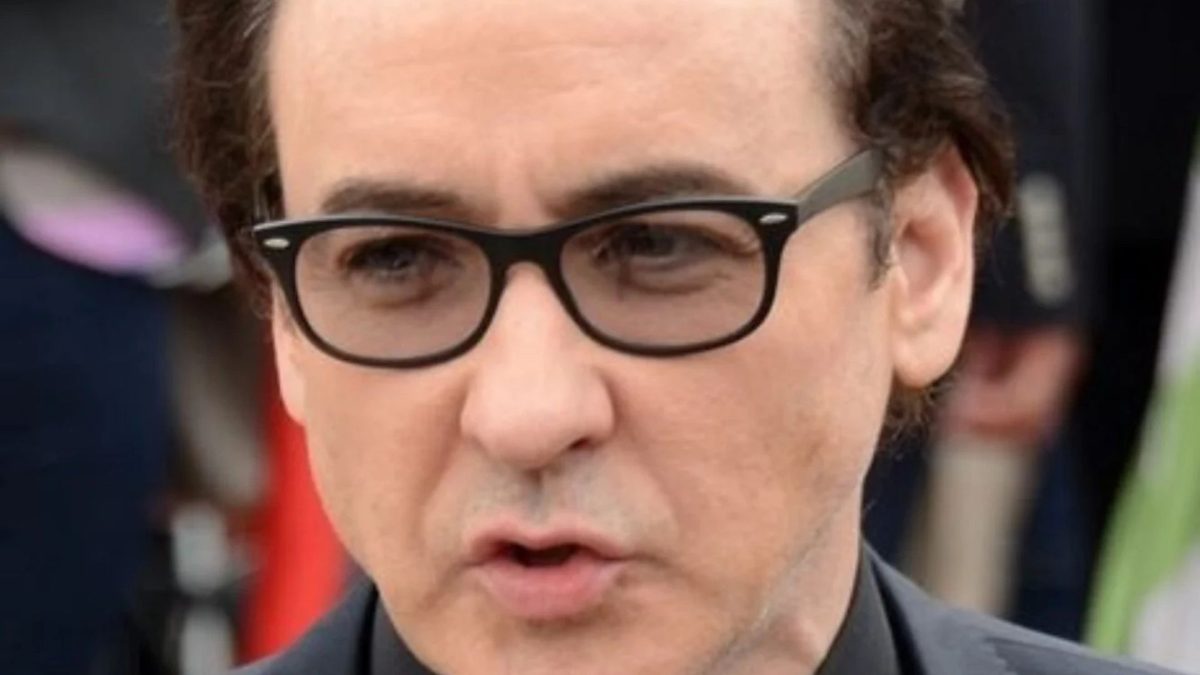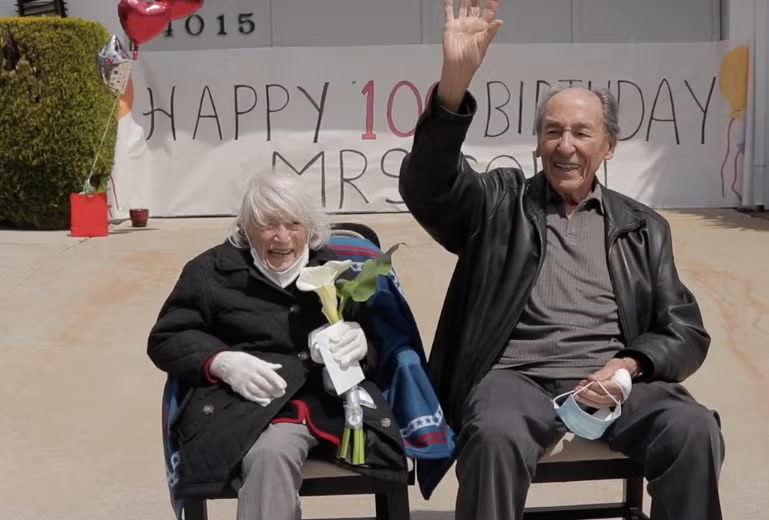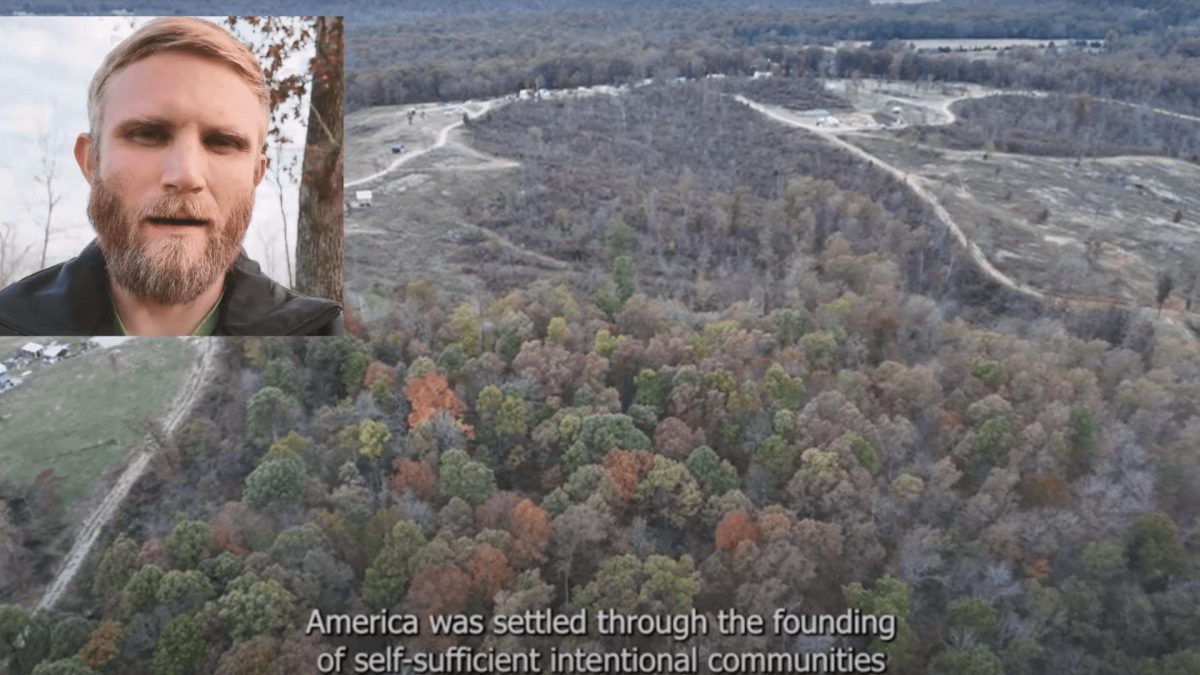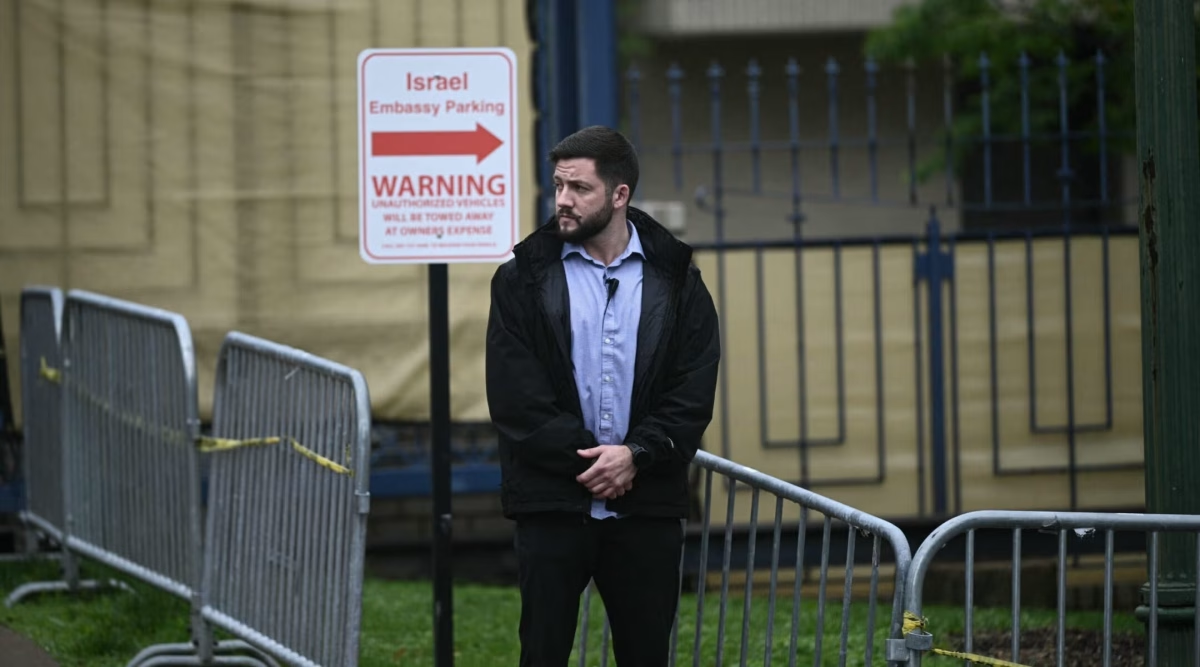(JTA) — In 2021, the Jewish Telegraphic Agency published nearly 3,000 stories — news, analysis and commentary about our complex and dynamic shared community.
We recently shared the stories that you, our readers, read most this year. But the thousands of other articles we reported also deserve a second look.
We asked each of our writers and editors to choose one of their own stories to highlight. Read on for our team’s picks.
How a determined Jewish community helped bring home Danny Fenster, the journalist imprisoned in Myanmar
The months-long imprisonment of Jewish-American journalist Danny Fenster in Myanmar this year was a story that shocked and disturbed people worldwide — particularly in my hometown of Huntington Woods, Michigan, where Fenster grew up. But it was also one of the few 2021 stories with a happy ending, as Fenster’s family and friends continued advocating for him until he finally saw freedom just before Thanksgiving. It was a privilege for me to spotlight how the Jewish community of suburban Detroit and beyond banded together to keep Fenster’s name in the public eye. — Andrew Lapin, managing editor for local news, JTA. Follow Andrew on Twitter.
A 20-year-old college student in Texas is mapping every Manhattan address that used to be a synagogue
I was shocked when I reached out to the creator of the “This Used to Be a Synagogue” Twitter feed and she turned out to be a non-Jewish, 20-something undergrad at the University of Texas. Amy Shreeve’s Twitter account plugs the addresses of now-defunct Manhattan synagogues into Google Maps and displays the apartment buildings, gas stations and pharmacies that have taken their place. Her project is a haunting look at the way New York and its Jewish community constantly reinvent themselves, and her interest is a reminder that New York’s Jewish history is a fundamentally American story. — Andrew Silow-Carroll, editor-in-chief, The New York Jewish Week and senior editor, JTA. Follow Andrew on Twitter.
A Jewish library’s treasure surfaced at auction. How did it get there?
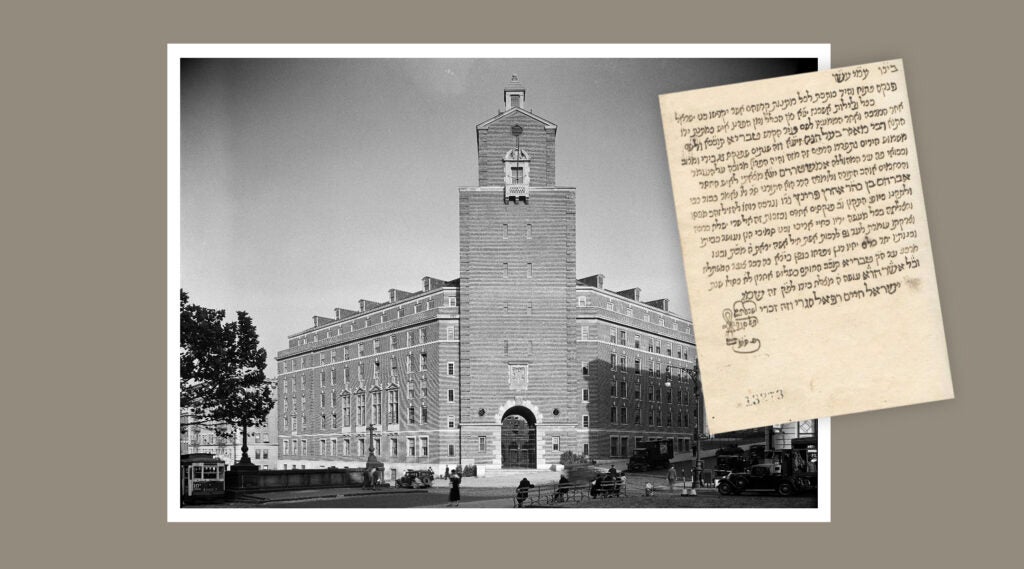
The Jewish Theological Seminary in New York City, photographed on Oct. 17, 1934, is superimposed with an image of a page from a manuscript of a Tiberias rabbi who traveled to Europe on a fundraising mission in 1807. (MCNY/Gottscho-Schleisner/Getty Images)
What I love about this story is that it combines suspense and drama with a revelation of public importance. How did an antique book that belonged to a Jewish library end up on auction, being sold to a private buyer for more than $100,000? I managed to discover the answer and it has far-reaching implications for the preservation of Jewish cultural heritage in our era. — Asaf Shalev, reporter, JTA. Follow Asaf on Twitter.
Inside the debate over Judaism and Zionism that quietly roiled the University of Iowa
I’m proud of this article, which tells the story of a student government debate at the University of Iowa that addressed some of the most contentious issues surrounding Judaism, Zionism and antisemitism without devolving into vitriol. Antagonistic campus debates over Israel attract tons of attention, and this story provides a counterexample — in which students worked out thorny problems on their own. — Ben Sales, reporter, JTA and New York Jewish Week. Follow Ben on Twitter.
At the Sarah Halimi rally in Paris, I saw signs that French Jewry is nearing a breaking point
Covering the protest against the perceived failure to try the killer of Sara Halimi, a Jewish woman who was killed by her Muslim neighbor, began as routine assignment for me. But gradually it became apparent to me that I was witnessing a watershed moment. — Cnaan Liphshiz, Europe correspondent, JTA. Follow Cnaan on Twitter.
‘The ways of Torah are peaceful’: Why football presents a dilemma for American Jews
Jews aren’t the only people who have begun to find watching football problematic. But as I learned through writing this article ahead of the Super Bowl in February, we do look at the sport’s troubling baggage through a variety of unique and not-so-unique angles. I was enlightened by the range of opinions, from the idea that the sport is incredibly beautiful, to the argument that Judaism essentially forbids it. This debate will stay relevant for a long time. — Gabe Friedman, news director, JTA. Follow Gabe on Twitter.
9/11 musical ‘Come From Away’ returns to stage and screen, with Jewish values at the center of its story
From the first time I saw “Come From Away” in London in 2019, its inherent Jewishness was abundantly clear. The show is ultimately about welcoming the stranger — those who “come from away.” In anticipation of the filmed version’s streaming release, timed to the 20th anniversary of 9/11, I spoke with the show’s Jewish creators about its message and its Jewish influences. The story is about human kindness and pulling together in the face of tragedy, a perfect message during this uniquely challenging time. — Jacob Gurvis, audience engagement editor, JTA. Follow Jacob on Twitter.
The man who helps Jewish New York City marathoners run through their morning prayers
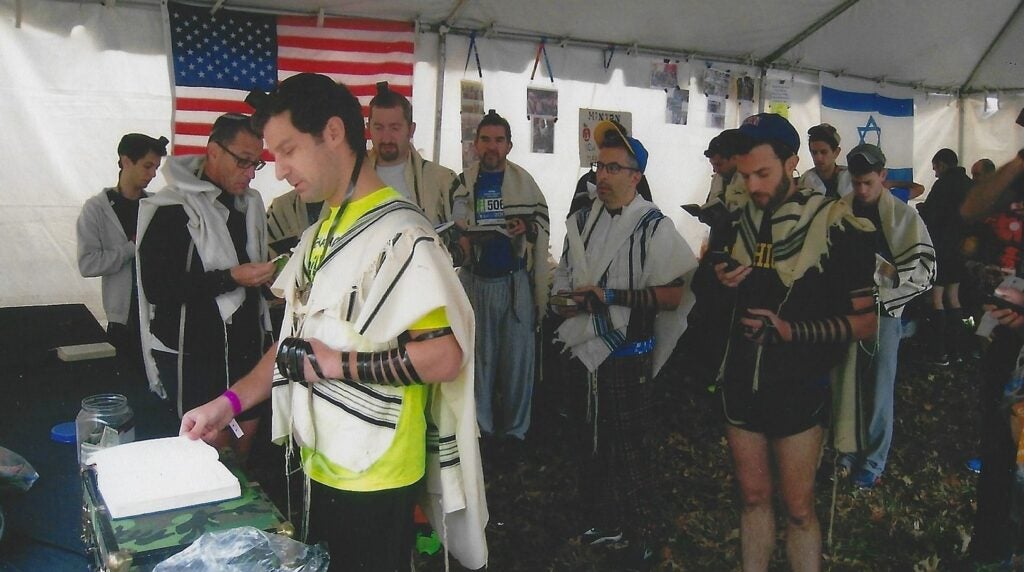
The NYC Marathon minyan, run by a group of 10 volunteer staff, attracted hundreds of participants in 2019. (Peter Berkowsky)
I love any story that has one or more of the following: a tradition unique to New York City, a secret Jewish history, a captivating character, or a feel-good moment. My profile of Peter Berkowsky, the man who founded and continues to run a prayer minyan at the starting grounds of the New York City Marathon, has them all, which is why it’s one of my favorite stories I’ve written so far in my time at the New York Jewish Week. — Julia Gergely, reporter, New York Jewish Week. Follow Julia on Twitter.
This catchy ‘West Side Story’ Hanukkah parody was filmed on location in New York
I’ve only been the managing editor of the New York Jewish Week for a few weeks now, so imagine my surprise and delight when a very short and sweet piece I wrote in November became one of JTA’s most-read articles of the year. I wish I could credit my journalistic chops for this — but, really, this article about a new “West Side Story” Hanukkah parody by Jewish a cappella group Six13 really speaks for itself: The music is catchy, of course, and the Festival of Lights-themed lyrics, riffing off Steven Sondheim’s original words, are clever. But best of all is the song’s delightful video, which was filmed, like the new “West Side Story” movie, on location in New York. — Lisa Keys, managing editor, New York Jewish Week. Follow Lisa on Twitter.
The Israeli toymakers who invented the pop-it (and Guess Who?) had a surprising inspiration
I spend almost all of my time working with our amazing reporters and editors to bring their stories into the world. But every once in a while, I get so interested in a topic that I just can’t help but report it out and share the results of my research with our readers. The story that has stuck with me is the one I wrote about the Jewish history of pop-its. I had no idea that the ubiquitous fidget toy had anything to do with Anne Frank, or kibbutzim, or game board-shaped headstones in a Jewish cemetery, or a monkey in North Carolina (not Jewish) — but it does, and the resulting story is a wild ride even on rereading. — Philissa Cramer, editor-in-chief, JTA. Follow Philissa on Twitter.
Jews, drugs and rock ‘n’ roll: The Jewish stories behind a heavy metal cult classic film
I love finding Jewish American stories in unlikely places — in this case, a parking lot in suburban Maryland in 1986. It’s harder than writing about organization conferences and other carefully curated spaces for Jewish identification, but it’s much more rewarding. Three young guys at a Judas Priest concert, each unknown to the other at the time, launched unique Jewish journeys after appearing in a cult classic documentary. — Ron Kampeas, Washington bureau chief, JTA. Follow Ron on Twitter.
A prolific Jewish writer has collected 4,000 tiny dreidels found by Eastern European treasure hunters
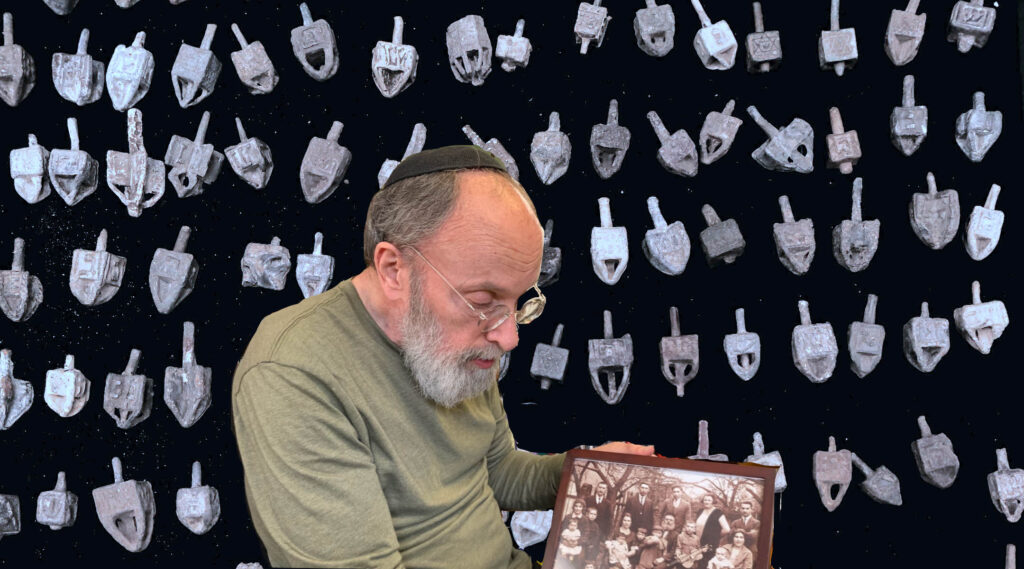
Arthur Kurzweil first encountered amulets and dreidels excavated by treasure hunters during a trip to his father’s hometown in Poland. Now he has collected thousands of them. (Photo by Shira Hanau; background courtesy Kurzweil)
Unlike most Judaica collections, Arthur Kurzweil’s isn’t made up of fancy gold and silver items. It’s composed of cheap materials and trinkets that were essentially thrown away. But because he kept them together, he significantly increased their value. I was really proud to spotlight his effort and allow other people to see his collection of dreidels that their own great-great grandparents might have once played with. — Shira Hanau, reporter, JTA. Follow Shira on Twitter.
Freelancers across the country and the globe also play a key role in JTA’s coverage — here are a few highlights from their body of work this year that merit revisiting.
- Holocaust education bills worked their way through several state legislatures – and sometimes exposed intense partisan divisions. Eleanor Stern dug into a failed effort in Louisiana that butted against the critical race theory debate.
- JTA’s legendary 96-year-old reporter Tom Tugend interviewed legendary 102-year-old character actor Nehemiah Persoff. Tugend’s amazing career was also feted on our site this year.
- Trade complications stemming from Brexit brought the Jewish communities in Dublin and Belfast a little closer together ahead of Passover. Jacob Judah chronicled how a “huge quagmire” brought attention to how hard it can be to get kosher food there.
- Taiwan’s first resident rabbi died days after turning 103. Jordyn Haime dug up the full story of his mysterious past, which included clandestine missions on behalf of oppressed Jews.
—
The post 15 overlooked Jewish stories of 2021… and one you’ll want to revisit appeared first on Jewish Telegraphic Agency.



